Cutting back perennials
emerogork
9 years ago
Related Stories

PLANTING IDEASWant a More Colorful, Natural Garden? Try a Perennial Meadow
Spend less time tending and more time taking in the sights by improving on Victorian and prairie garden designs
Full Story
GARDENING GUIDES7 Ecofriendly Gardening Ideas That Also Cut Chore Time
Spend less time weeding, less money watering and more moments just sitting back and enjoying your healthy garden
Full Story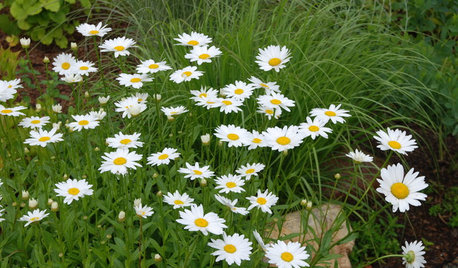
FLOWERSBest Cutting-Garden Beauties for Late Summer
Pick blooms bursting with color or in classic white for bouquets to give away or keep all to yourself
Full Story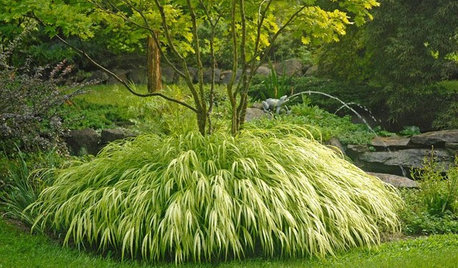
PRODUCT PICKSGuest Picks: 20 Gorgeous Perennials to Plant Now
Take advantage of warm spring weather to create a colorful garden with blooming plants, succulents and ornamental grasses
Full Story
GARDENING GUIDESTop 12 Summer-Blooming Perennials for Deer-Resistant Drama
Can you have garden color, fragrance and exciting foliage with hungry deer afoot? These beauties say yes
Full Story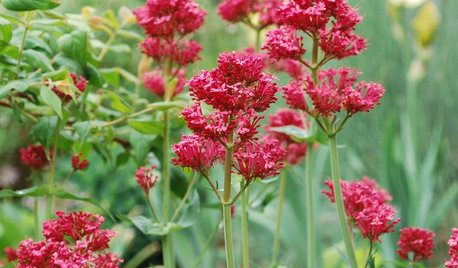
GARDENING GUIDES6 Lovely Water-Wise Perennials for High Altitudes
Even if your climate is cold and dry, you can still celebrate spring with these hardy and colorful perennials
Full Story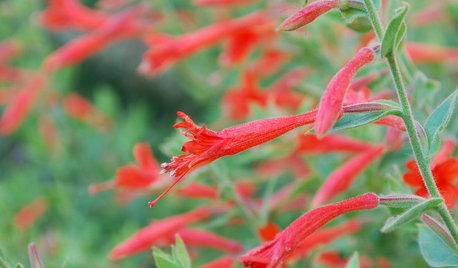
SUMMER GARDENING6 Water-Wise Perennials for Blazing High-Altitude Summers
Scorching weather and high elevations don't have to mean scraggly plantings. These blooms are as gorgeous as they are tough
Full Story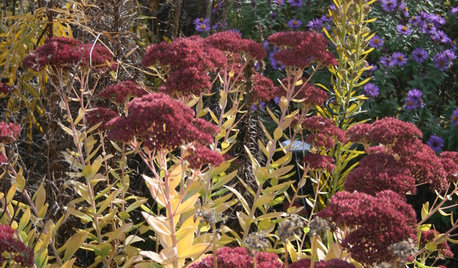
GARDENING GUIDES8 Perennials for Great Fall Color
Trees haven't cornered the market on autumn splendor. Add these flowering perennials for a foliage sight to behold
Full Story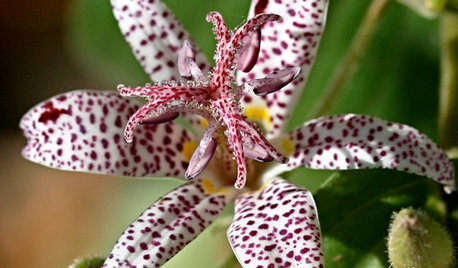
SUMMER GARDENING10 Perennials to Extend Your Garden's Summer Color
Revive summer-weary gardens with outstanding late bloomers such as toad lily, Russian sage, blanket flower and more
Full Story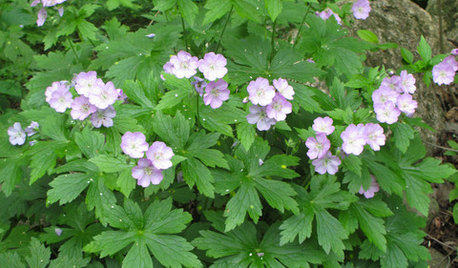
NATIVE PLANTS10 Essential Native Perennials for the Great Lakes and Upper Midwest
These adaptable native plants thrive in a variety of conditions and will provide flowers throughout the season
Full Story






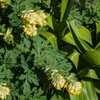
dbarron
peren.all Zone 5a Ontario Canada
Related Professionals
Allen Landscape Architects & Landscape Designers · Signal Hill Landscape Architects & Landscape Designers · Wareham Landscape Architects & Landscape Designers · Canton Landscape Contractors · Columbine Landscape Contractors · Essex Landscape Contractors · Forest Hills Landscape Contractors · Kerman Landscape Contractors · Long Beach Landscape Contractors · Lyndhurst Landscape Contractors · Mequon Landscape Contractors · North Richland Hills Landscape Contractors · Seymour Landscape Contractors · Waterford Landscape Contractors · Bull Run Specialty Contractorsdbarron
gardenweed_z6a
NHBabs z4b-5a NH
emerogorkOriginal Author
dbarron
Gary Sutcliff (Ledyard CT Z6)
dbarron
floral_uk z.8/9 SW UK
TexasRanger10
emerogorkOriginal Author
southerngardening24
TexasRanger10
tapla (mid-Michigan, USDA z5b-6a)
gardenweed_z6a
emerogorkOriginal Author
emerogorkOriginal Author
tapla (mid-Michigan, USDA z5b-6a)
emerogorkOriginal Author
emerogorkOriginal Author
TexasRanger10
tapla (mid-Michigan, USDA z5b-6a)
Gary Sutcliff (Ledyard CT Z6)
wantonamara Z8 CenTex
TexasRanger10
FrozeBudd_z3/4
TexasRanger10
emerogorkOriginal Author
WoodsTea 6a MO
emerogorkOriginal Author
wantonamara Z8 CenTex
magpiepix 5b/6a
wantonamara Z8 CenTex
greenhearted Z5a IL
magpiepix 5b/6a
greenhearted Z5a IL
magpiepix 5b/6a